Search
Remove Ads
Advertisement
Search Results
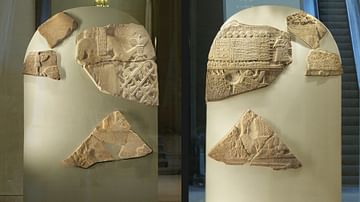
Image
Stele of the Vultures
Stele of the Vultures fragments, dated to the Early Dynastic III Period (2600-2334 BCE), commemorating the victory of the city of Lagash over Umma.
Louvre, Paris.
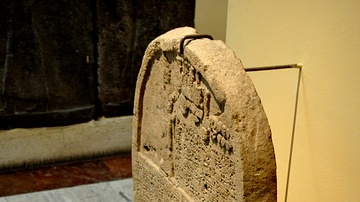
Image
Stele of King Sennacherib
This stele was made of limestone and was found in Nineveh. On the relief, the Assyrian king Sennacherib prays in front of divine symbols and Gods. It records the king's achievements and expansion of his royal capital, Nineveh. Reign of Sennacherib...

Image
Famine Stele
The Famine Stele is an inscription from the Ptolemaic Dynasty of Egypt (332-30 BCE), which tells the story of how King Djoser saved his country.
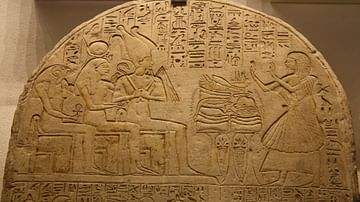
Image
Stele of Pay
The limestone 'Stele of the Scribe Pay'. On the left the gods Osiris, Isis and Horus watch various funerary ceremonies involving the deceased. New Kingdom, Dynasty XIX, 1292-1186 BCE, provenance unknown. (Egyptian Museum, Turin)
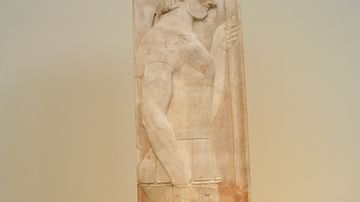
Image
Funeral Stele of Artistion
Marble funeral stele depicting a hoplite soldier, signed by Aristokles (500 BCE), National Archaeological Museum, Athens.
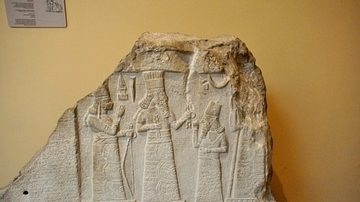
Image
Shamsh-res-usur Stele
Shamsh-res-usur was a local governor of Mari and Suhi. The stele tells us that this governor reigned for 13 years. During this period, he re-built the city of Gabarri-Ibni, established irrigation canals, and encouraged the planting of date...
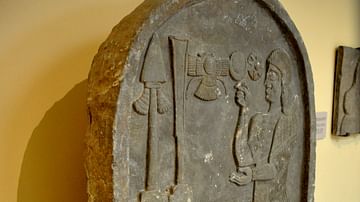
Image
Stele of Bel-harran-beli-usur
Bel-harran-beli-usur was a high palace official (chamberlain) during the reign of the Assyrian kings Shalmaneser IV (782-773 BC) and Tigleth-Pileser III (744-727 BC). He built a city and a large temple to the west of Nineveh. The stele features...
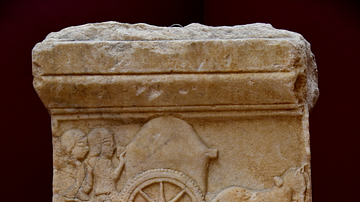
Image
Funerary Stele from Dascylium
This is the upper part of a long and narrow stele depicting a funerary cortege in two scenes. In the upper scene, two mourning women walk behind a funeral cart. In the lower scene, a woman and a bearded man sit on a couch. The woman's left...
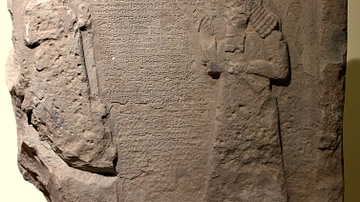
Image
Neo-Assyrian Political Pact Stele, Al-Anbar
Only this fragment of a large stele has survived. On the surface, the Assyrian and Babylonian kings were carved in relief. The cuneiform inscription narrates a political treaty between them. The faces of the kings were deliberately vandalized...
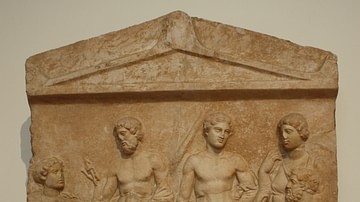
Image
Boeotian Grave Stele
A Boeotian grave stele. 5th century BCE, Thespian marble. (National Archaeological Museum, Athens)